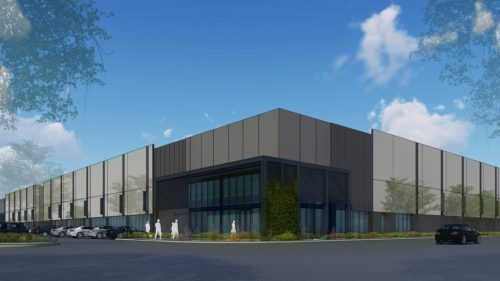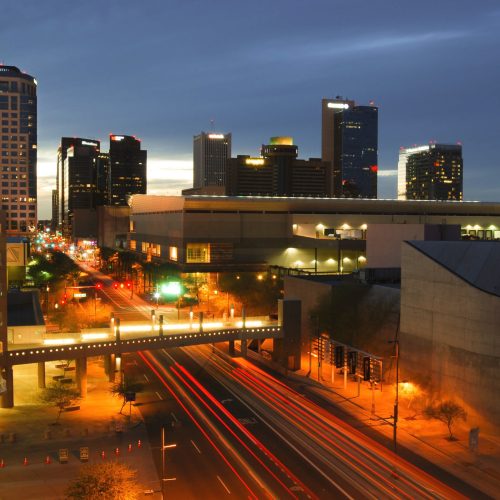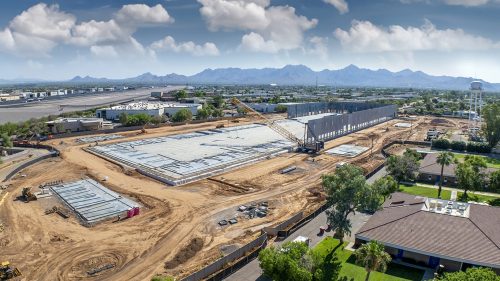Phoenix has cemented its position as a leader in industrial development, topping the U.S. charts with an impressive 37 million square feet of active projects. According to LGE Design Build’s latest Q3 Construction Delivery Outlook report, the city continues to thrive in the industrial sector, with over 10 million square feet of new industrial space delivered last quarter alone.
Key Highlights from the Report
1. Unprecedented Industrial Growth
Phoenix’s industrial market is booming, with net absorption for the first quarter of 2024 reaching a robust 4.5 million square feet. Industrial rental rates have climbed to a record high of $1.15 per square foot, reflecting strong demand that matches the rapid pace of new construction. Despite the high volume of new projects, demand remains strong and consistent.
2. Office and Retail Developments
Office construction in Phoenix is also on the rise, though it faces challenges due to financing and property performance issues. The first five months of 2024 have seen office activity hit nearly 70% of the total for 2023. Major developments like the Taiwan Semiconductor Manufacturing Company and Intel’s new plants are expected to create over 20,000 jobs, driving up demand for services and office space. Additionally, South Tempe-Ahwatukee has seen a surge in office leases from medical providers, with strong investor interest in healthcare spaces.
3. Construction Labor Growth
The Phoenix-Mesa-Scottsdale area has added 7,300 construction jobs from February 2023 to February 2024, marking significant growth in the sector. This includes gains across all major construction segments—buildings, heavy construction, and specialty trades—indicating a healthy and expanding workforce.

Creation, a top national commercial real estate developer, broke ground in February on Thunderbird Commerce Park—a $60 million industrial center situated on a unique 18-acre site within Scottsdale Airpark.
4. Stabilizing Material Costs
Material prices, while still presenting challenges in certain categories, have generally stabilized. This marks a shift from the volatility experienced in recent years. Notable price declines have been observed in materials like drywall, though structural steel, lumber, and other materials still face unique pricing pressures. Stabilization in material costs is providing a more predictable environment for managing construction expenses.
5. Supply Chain Resilience
Phoenix’s supply chain for industrial development has shown significant improvements, though some challenges persist. Rising ocean freight rates and increased tariffs on steel and aluminum are putting pressure on raw material costs. However, lead times for core materials have decreased, enhancing inventory planning. Electrical gear and distribution boards continue to face delays, but HVAC and drywall supplies have seen substantial improvements.

Looking Ahead
Phoenix’s industrial development scene is poised for continued strength, with a range of ongoing projects and emerging opportunities on the horizon. The city’s capacity to manage rapid growth while maintaining stable demand for industrial spaces is a testament to its robust economic framework.
Additionally, Phoenix is seeing improvements in labor conditions, which enhance its appeal as a prime location for industrial investments. Evolving supply chain dynamics further contribute to the city’s positive outlook, suggesting that Phoenix will remain a key player in the industrial sector in the coming years.
For more details, explore the full report and stay tuned for further updates on Phoenix’s dynamic construction landscape.

